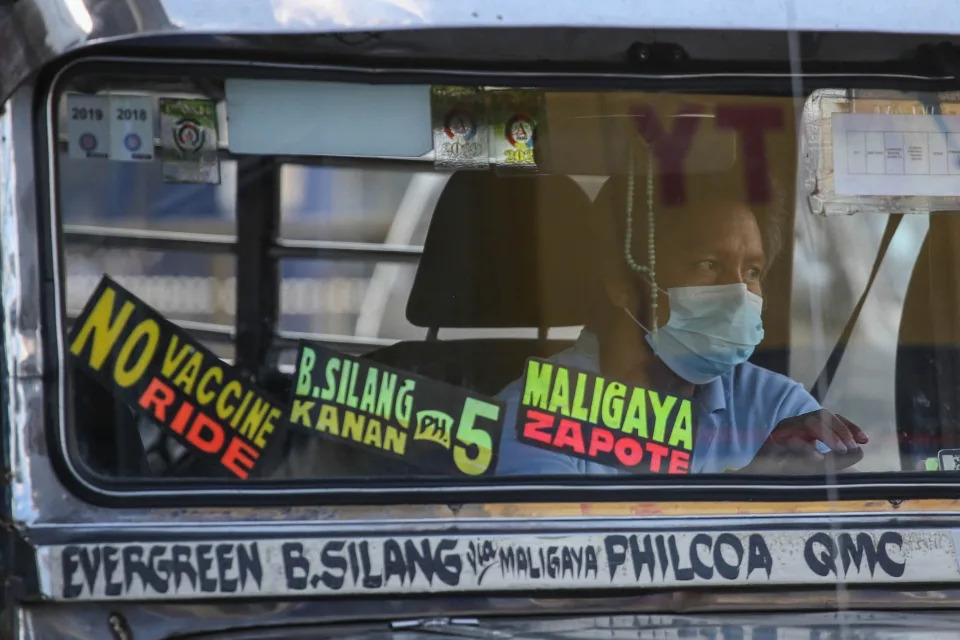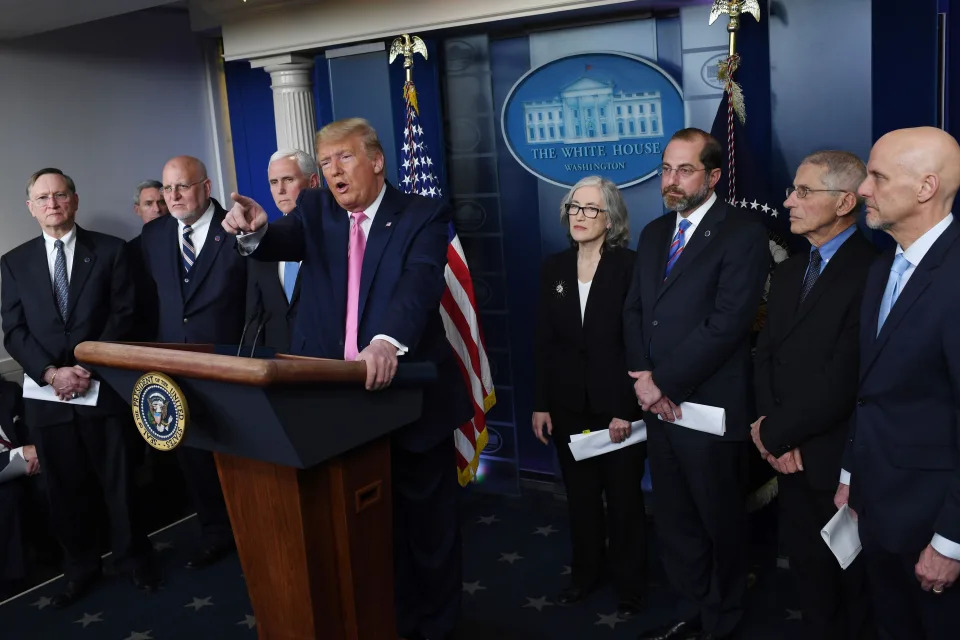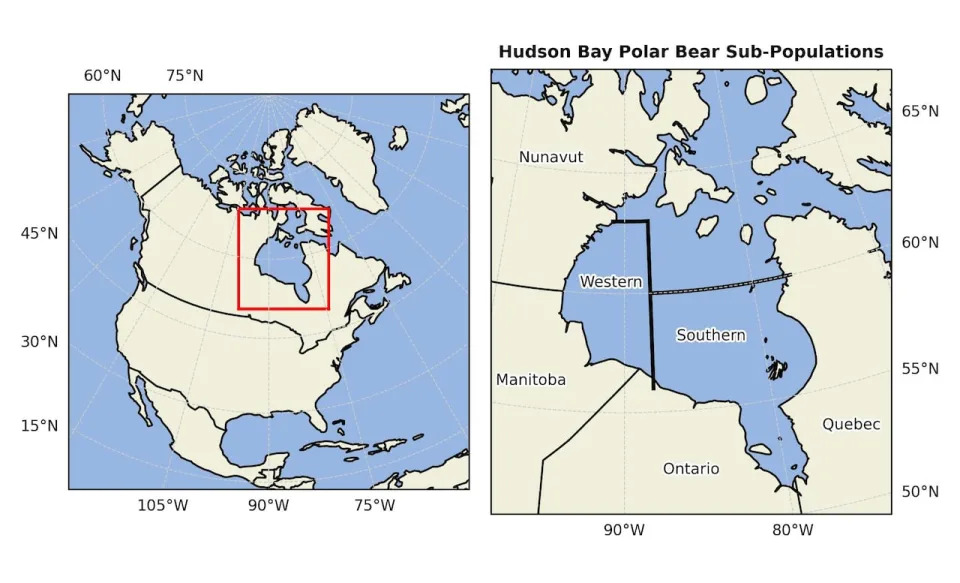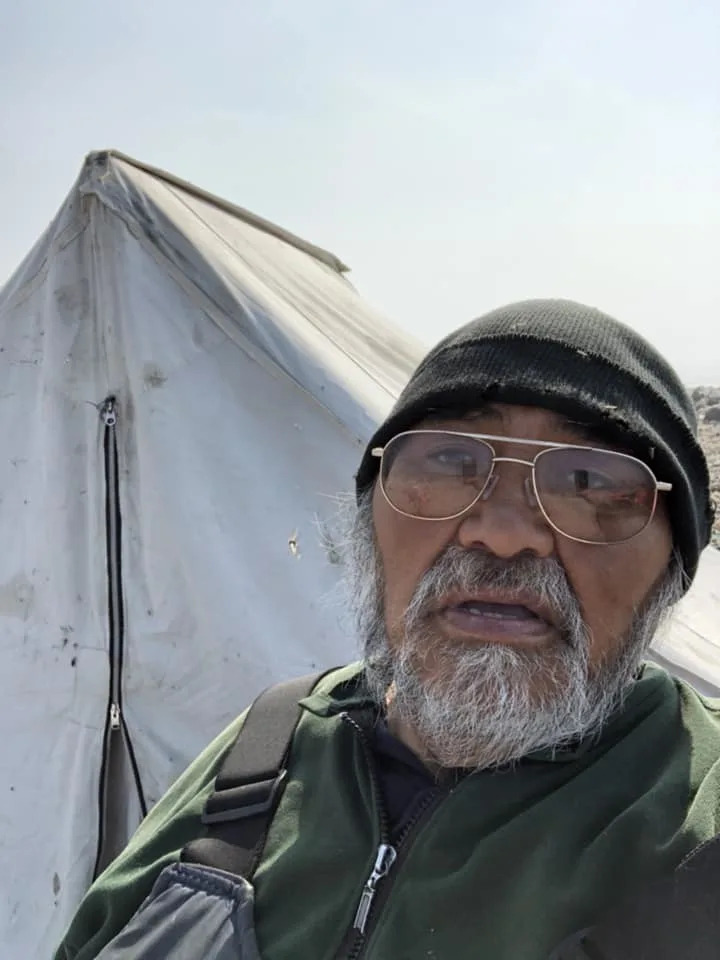John Ainger
Thu, June 13, 2024

(Bloomberg) -- With just five months to go before the COP29 climate summit, the biggest fights are set to be over how to channel trillions of dollars from developed nations to emerging markets — and how China fits into the equation.
Negotiators representing more than 190 countries convened in Bonn, Germany, this week for a meeting that typically sets the tone for the annual talks. While the atmosphere was more positive than last year — where the controversial appointment of an oil executive to lead COP28 overshadowed discussions — the gathering also made clear the scale of the challenge facing Azerbaijan, a relatively small player on the international stage that stepped in to host COP29 at the last minute.
The key goal of November’s summit in Baku is to agree on a new post-2025 goal for raising money to speed up the green transition in developing nations and protect them from more extreme weather. The world's poorest and most climate-vulnerable states are loathe to accept anything less than trillions, with some pushing for up to $1 trillion a year coming from public funds. Meanwhile, developed countries are trying to broaden the donor base to ease pressure on their strained budgets.
“Trillions will be needed,” said Tina Stege, climate envoy for the Marshall Islands. “We need an overhaul of the international financial system to address the persistent inequities that punish rather than support the most vulnerable.”
Analysts estimate that between $1 trillion and $6 trillion a year will be required to meet the Paris Agreement’s most ambitious goal to keep global temperatures in check. Negotiators in Bonn suggested any climate finance deal would likely resemble an onion, with a headline figure of what’s needed, including from the private sector, and an amount that will come from the public coffers of developed nations. Further layers could include contributions from countries that haven’t previously been donors, like China, and multilateral development banks.
This year’s climate talks are taking place against a less-than-ideal backdrop. COP29 will kick off just days after the US presidential election, and negotiators are already bracing for the possibility of a Trump victory. Wars in Ukraine and Gaza have pit the world’s biggest economies against each other. It’s also unclear how cooperative China, currently the world’s biggest emitter, will be as it faces fresh trade restrictions on green technologies from both Washington and Brussels.
Still, “there is a unanimous understanding that the current status quo is not viable,” Yalchin Rafiyev, the lead negotiator for Azerbaijan, said in an interview. “The current flow of finance is not sufficient. This is a moment of truth for the international community.”
Disputes over money come down to a fundamental tension that underpins global climate negotiations: What do the countries most responsible for climate change — those that industrialized first and added billions of tons of carbon to the atmosphere — owe the nations that are now paying the price in weather damages.

Attempts by developed countries to shift some of the burden to developing countries like China at COP29, would "severely undermine the effectiveness of global cooperation on climate change," Lin Jian, a spokesman for China's Ministry of Foreign Affairs, said Thursday at a press briefing in Beijing.
Developing countries and small island states say the likes of the US and the European Union have so far fallen way short of the mark. A commitment made by rich countries to deliver $100 billion of public finance per year by 2020 — a fraction of what’s needed to protect billions of people — was only met two years later. India is leading calls for that figure to be 10 times higher as part of the new post-2025 “New Collective Quantified Goal.”
“If money makes the world go round, today’s unequal financial flows are sending us spinning toward disaster,” United Nations General Secretary Antonio Guterres said last week. “Climate finance is not a favor. It is fundamental to a livable future for all.”
But developed nations don’t want another albatross like that hanging around their neck, according to one European negotiator, who requested anonymity to discuss details of sensitive talks. China’s economy has grown so much in the last three decades that it needs to contribute, as does Saudi Arabia, whose production of fossil fuels significantly adds to global warming, the person said.
“China will always be a member of the Global South and the developing world,” President Xi Jinping said in a video speech to a UNCTAD event Wednesday, repeating a frequent argument that the nation shouldn't be ranked alongside industrialized economies.
The China question will likely to be one of the toughest to navigate, according to Li Shuo, director of the China Climate Hub at the Asia Society Policy Institute in Washington. The uncertainty of the November election, bitterness over trade measures and loss of the close personal connection between former US and China envoys John Kerry and Xie Zhenhua, who both stepped down last year, could make progress difficult.
“There is a way to get China to play a role, but traditional donors still need to pay their fair share,” Li said. “The climate finance issue is particularly thorny and the politics this year are very challenging.”
For Li, whether Azerbaijan provides the leadership needed is the wildcard for COP29. The nation has so far given few clues on the path it sees to delivering the enormous sums of money required. Rafiyev said officials have gone back to the drawing board on its signature initiative to place a levy on producers of oil, gas and coal amid pushback on the proposal in its current form.
Mukhtar Babayev, the Azeri minister set to preside over COP29, has expressed optimism that countries will ultimately reach a comprehensive climate finance deal. “Details will come later,” he said in a June 4 interview in Baku. “Now it’s time to talk.”
--With assistance from Jess Shankleman, Jing Li and Lucille Liu.
(Updates with China foreign ministry spokesman comment in ninth paragraph.)
Most Read from Bloomberg Businessweek





























